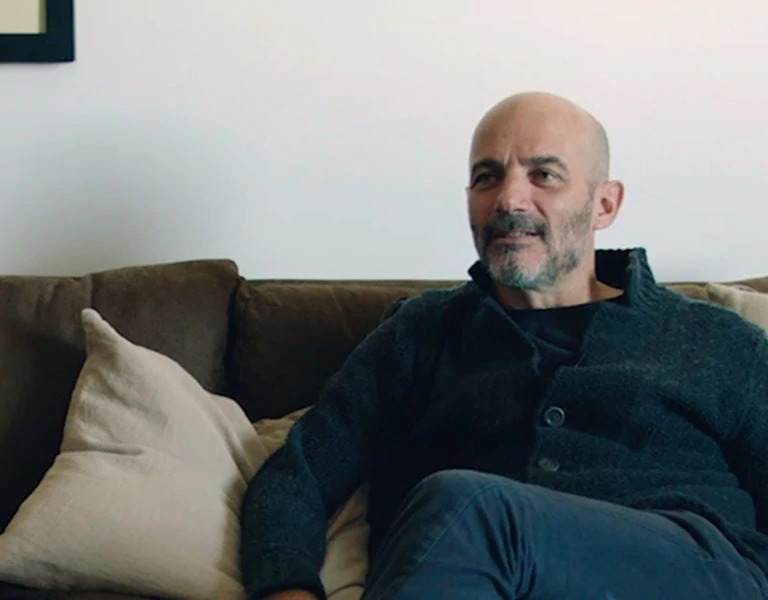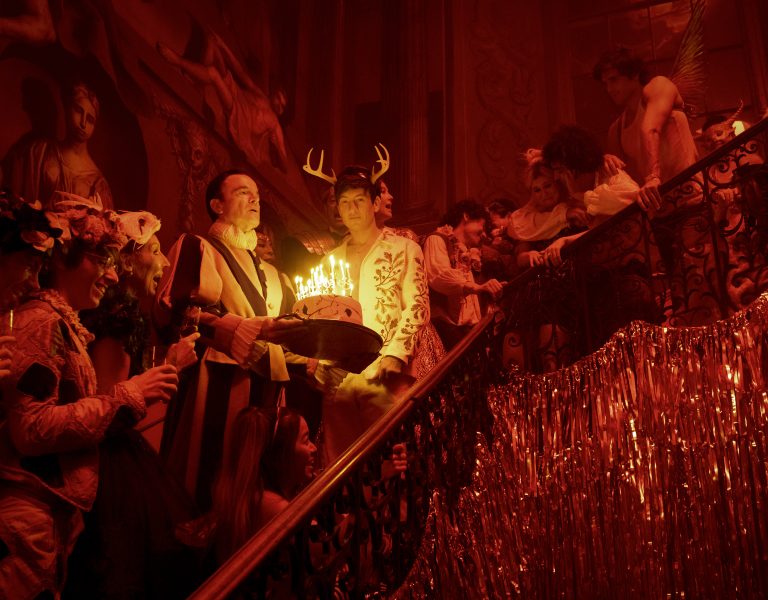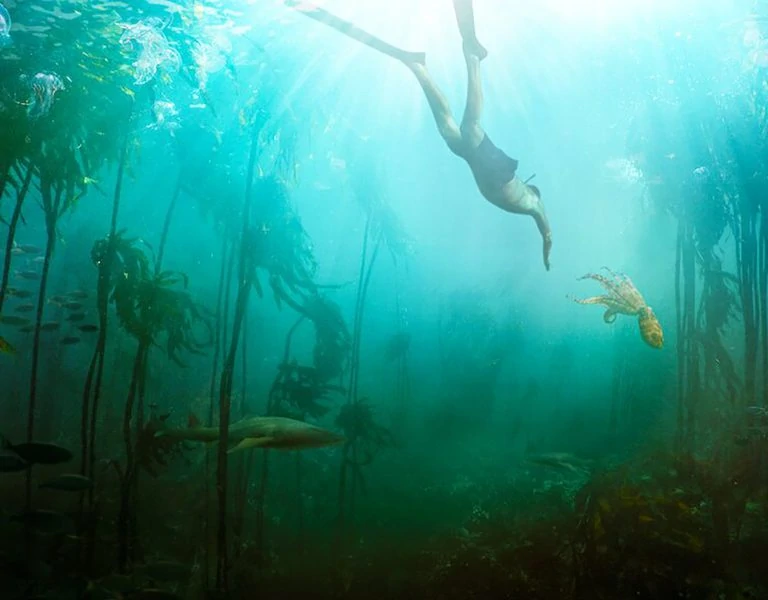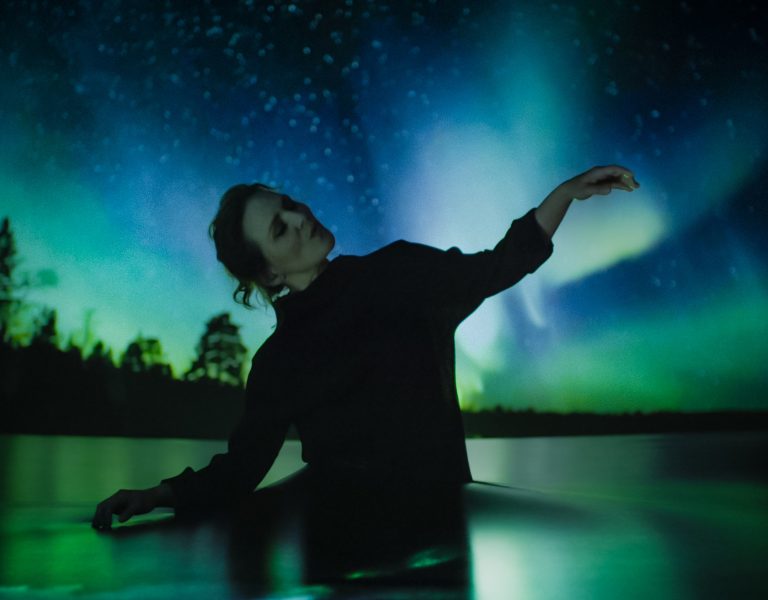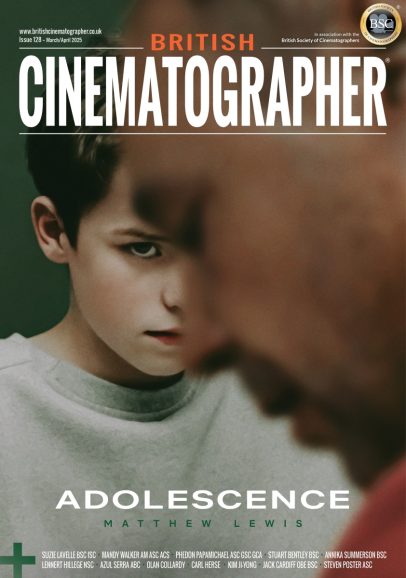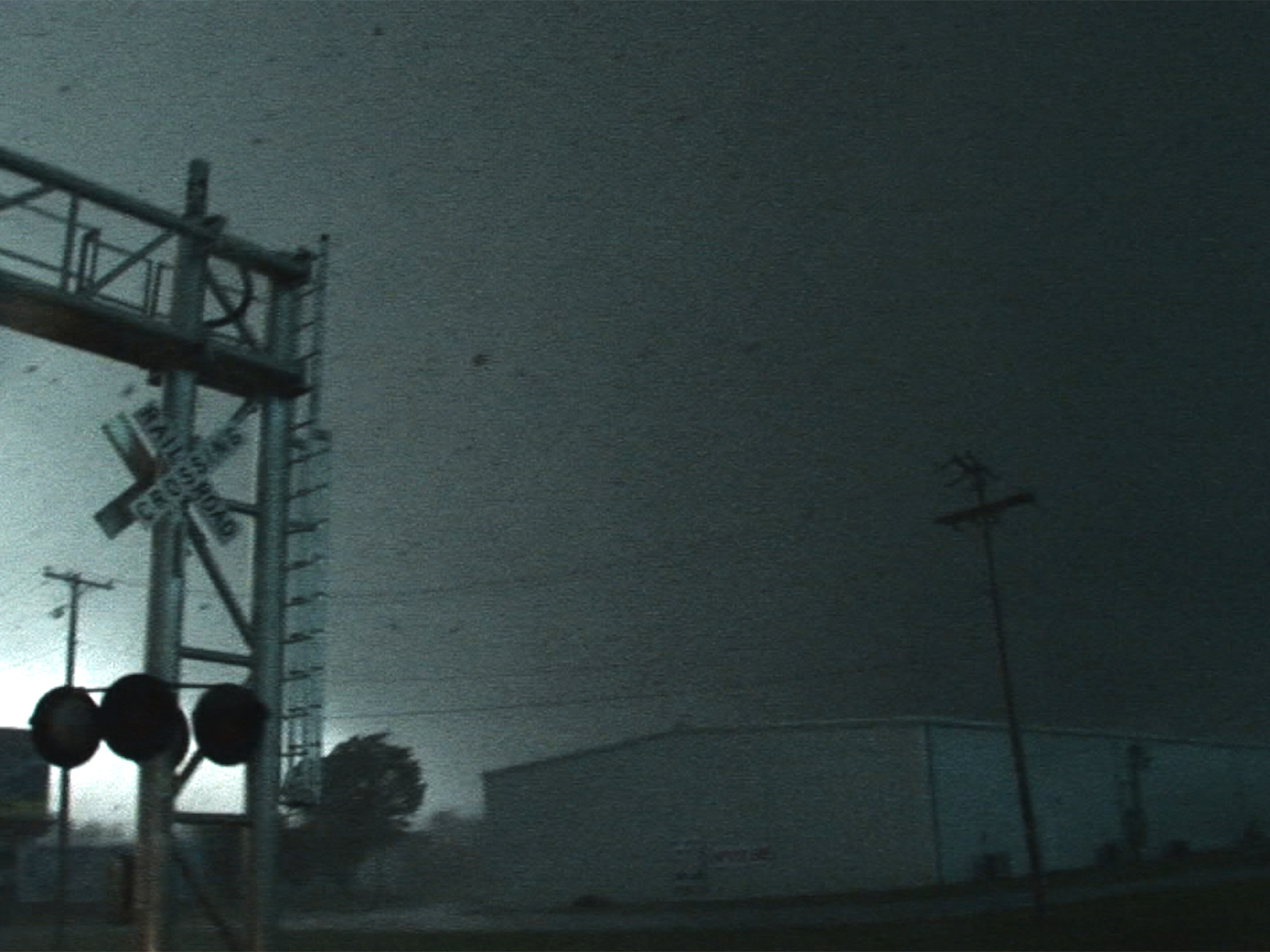
Director Alexandra Lacey and DP David Vollrath break down the fever-dream visuals and surreal cinematography behind Netflix’s genre-bending natural disaster documentary.
Fourteen years after a rare EF-5 tornado ripped through Joplin, Missouri, The Twister: Caught in the Storm sets out to reframe one of the deadliest weather events in modern American history – not just as a chronicle of devastation, but as a psychological, cinematic, and deeply personal coming-of-age story. Premiering on Netflix in March, the feature-length doc marks the feature debut of London-based director, Alexandra Lacey and a visual leap for the genre, blending live-action interviews, stylised re-enactments and bold visual effects to evoke the moment when a group of teenagers believed they were living through the end of the world.
For Lacey, a former set designer and art director, the project was always going to be led by a strong visual sensibility. “I think in pictures,” she tells British Cinematographer. “This wasn’t going to be a conventional documentary – it had to feel experiential. Visceral. Almost like a collective fever dream.”
Enter cinematographer David Vollrath, whose lensing helped bring that vision to life. From infrared dreamscapes shot on a RED Gemini for a contributor’s coma sequence, to slow-motion Phantom Flex4K imagery composited with CG debris by VFX studio Lux Aeterna, the visual language of the documentary draws more on stylised cinema than typical doc aesthetics. “We talked about Twister meets Stranger Things early on,” says Vollrath. “But with the budget of a documentary, we had to be inventive. That limitation actually opened doors creatively.”
The pair worked closely with Lux Aeterna, whose storm-inspired VFX work was instrumental in recreating the inner chaos of the twister – a space no camera could ever physically reach. “They helped us visualise what our contributors described,” says Lacey, “in ways that felt sensitive, but also with impact enough to match the psychological intensity of the moment.”
By juxtaposing grounded interview footage shot with the Sony Venice II against heightened dramatic visuals, the documentary establishes a clear tonal shift: the calm and the chaos. This polarity was intentional, explains Vollrath. “It was important that our viewers never confused the drama for fact, but still felt the emotional truth of it.”
The documentary also uses VFX not just for spectacle, but as a tool for character storytelling – particularly for subjects like Steven, who survived the tornado only to fall into a coma from a rare, flesh-eating fungus infection. Lacey’s background in art direction came into sharp focus here, building scenes that are as symbolic as they are visually rich.
“We didn’t want to recreate the past literally – we wanted to represent the trauma, the fear, and the strange beauty of survival from our contributors perspective,” says Lacey.
Finished in HDR and managed through an ACES workflow, The Twister doesn’t shy away from cinematic polish. But its lasting impact lies in the authenticity of its voices and the ingenuity of its imagery – proof that non-fiction filmmaking can be both bold and deeply human.
“You can’t put a camera inside a tornado,” Vollrath says, “but with the right team and the right tools, you can take people there.”
–
The Twister: Caught in the Storm is streaming on Netflix now.
